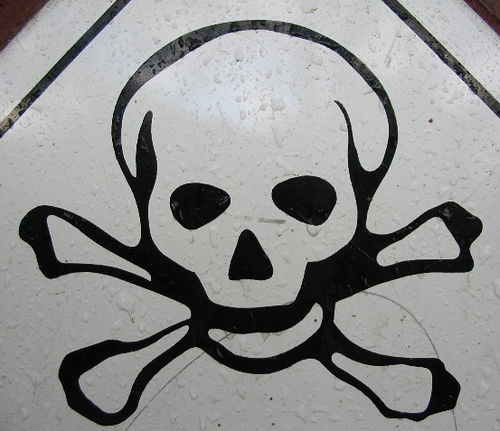Toddlers Have Three Times the Level of PBDEs as Their Mothers
A new study finds that the concentrations of hormone-disrupting chemicals known as PBDEs in young children are significantly higher than their mothers. The investigation, conducted for the Environmental Working Group, tested blood samples of 20 mothers and their young children for PBDEs, a common fire retardant found in foam mattresses, furniture, and electronics.
According to the study, 11 different flame retardants were found in the children’s blood, and the levels were three times that of their mothers. Deca, a PBDE banned in Europe but still legal and unregulated in the US, was measured in 65 percent of the children. Two other fire retardant chemicals, Octa and Penta, are no longer made in the US, but are found in items made before the ban. Importing furniture containing Penta is still legal, due to a regulatory loophole.
One participant said:
It was bad enough to know our levels were high, but it was a shock when we had our furniture tested and found out that the worst culprit was the glider chair that I’d bought to nurse my daughter in when she was a baby. I can’t believe it was legal to sell furniture that is essentially poisoning you without you knowing it.
Peer-reviewed tests cited in the study found that a single dose of PBDEs given to mice during rapid brain development can cause permanent behavioral changes, such as hyperactivity. Because children’s bodies may not excrete toxins as easily as adults, some scientists are concerned that high blood levels of PBDEs may affect their developing reproductive organs and hormone systems.
The estimate of accumulation of PBDEs from hand-to-mouth contact by children are roughly 10 times that of adults. PBDE particles stuck to children’s hands may contribute to about 50 percent of the EPA’s daily safe exposure level for children, and some children may exceed those safety levels through hand-to-mouth exposure alone.
The chemical industry says that Deca is safe, yet some major manufacturers are discontinuing the use of Deca and other bromine fire retardants. Several states have proposed bans on Deca, and Maine became the first state to ban it from its major uses in 2007. Washington State has banned Deca in mattresses in 2008 and electronics by 2011.
The trade group Bromine Science and Environment Forum insists that “no illness, ailment or harm to any human anywhere has been reported as a result of exposure to Deca”, but supported the monitoring of the concerns raised by the study.
How to Reduce Your Exposure to PBDEs
- Inspect all foam items for ripped covers or misshapen foam, including car seats, pillows, couches and mattresses.
- Clean up with a HEPA-filter vaccuum to remove contaminants from your home.
- Wash your hands often, and keep kid’s hands clean to reduce exposure.
- Avoid products with brominated fire retardants, including “natural” or latex foam. Ask which type of fire retardants are used in products that you purchase.
- Use caution when removing old carpet. Close off the work area from the rest of the house, and vaccuum with a HEPA-filter afterwards.
- Avoid PBDEs in new electronics. Buy from companies that have publicly committed to phasing out all brominated fire retardants, such as Apple, Nokia, Acer, and Samsung.
Read the whole study at Environmental Working Group
Related reading about fire retardants: Naturally Resistant Sleepwear? : Eco Child’s Play

Also, it is better to buy furniture made from solid wool rather then glued together wood chips. The glue can contain a lot of harmful chemicals which can contribute to SIDS, asthma and allergies to name a few.
has anyone heard of Fire barrier – it claims to be a non-toxic, organic fire retardant?
Thanks